Ⅰ Overview
The Accropode, appears to be formed by twisting the middle part of the Chinese character "王" 90 degrees horizontally. The configuration and dimensions of the original hook foot block have been modified, with the protruding feet appropriately extended and the cross-section appropriately reduced. The improved protruding foot length and cross-section are between the original hook foot block and the Accropode, retaining the characteristics of the original hook foot block and blending the torsion work block. The Accropode has six short and thick protruding feet that are connected through a central axis to enhance its strength. When thrown onto a slope, it utilizes the cross hook connection of adjacent block protruding feet to increase its stability.
The placement of the Accropode can be done through random placement at fixed points and regular placement. The deviation in the number of Accropodes should not exceed 5% when placed; Half of the members of the block should be in contact with the cushion, but the swing direction of adjacent blocks should not be the same.
Ⅱ Classification
The Accropode can be divided into two categories: A-type and B-type. Compared with the B-type, the Accropode A is slightly shorter and fatter, and the A-type is more widely used. Due to its slender legs, the Accropode B is prone to limb breakage during transportation and lifting, which usually weighing less than 6 tons.
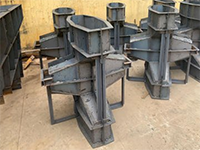
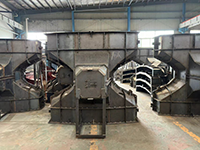
Ⅲ Function
The function of the Accropode is to dissipate waves and prevent erosion. In order to prevent the core stones of the breakwater or revetment structure from being washed out by wind and waves, Accropode is arranged at the outermost edge to reduce the destructive effect of wind and waves on the breakwater structure.
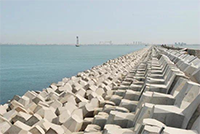
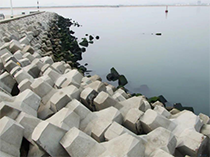
Ⅳ Precast
1 Technological Process
Evenly apply release agent to the formwork → Install grout stop strips → Install the formwork → Mix the concrete → Pour the concrete → Remove the formwork → Transport the blocks → Transfer the pile
2 Concrete pouring process
The concrete required for the Accropode must be mixed on site and then transported to the pouring site. Concrete needs to be poured in layers. After pouring, it should be vibrated in a timely manner. After the concrete is poured, it must be vibrated and plastered again before the initial setting, which can effectively prevent the occurrence of holes and pits in the concrete.
3 Formwork Removal
Formwork removal is an important process that requires a concrete strength of at least 7MPa before the operation can be carried out. Empirical methods can also be used to determine the removal time: select a hard object on site to scratch the surface of the concrete, and if the surface trace is white, it indicates that the removal operation can be carried out. And during the process of demolding, it is necessary not to forcefully touch the four corners of the Accropode. After the template is removed, it is necessary to promptly remove the remaining concrete particles on the side of the template, check whether the template is damaged, and whether the deformation is too large.
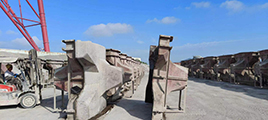
In the process of prefabrication and construction placement of the Accropode, we need to strictly control the construction process, strengthen quality management, and effectively provide engineering construction quality.
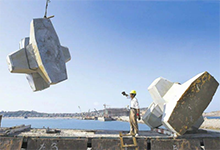
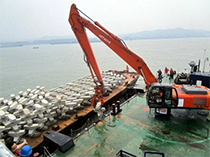
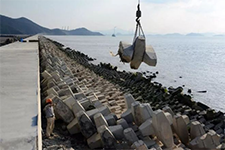
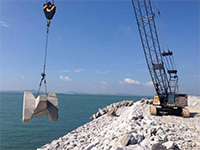
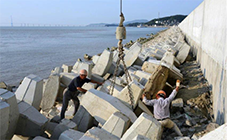
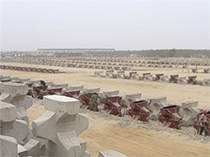
Ningbo Xiaolang Construction Engineering Co., Ltd.
Ningbo Tianyuan Cement Products Co., Ltd.
Yuehu Ginza, Nanzhan East Road, Haishu District, Ningbo City
+86 574 8698 8331
315012


Copyright © Ningbo Tianyuan Construction Engineering Co., LTD All Rights Reserved | Sitemap
